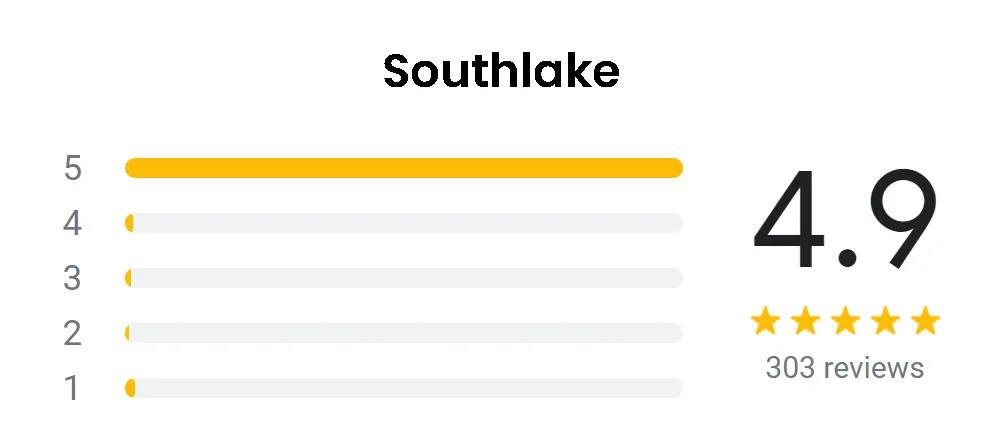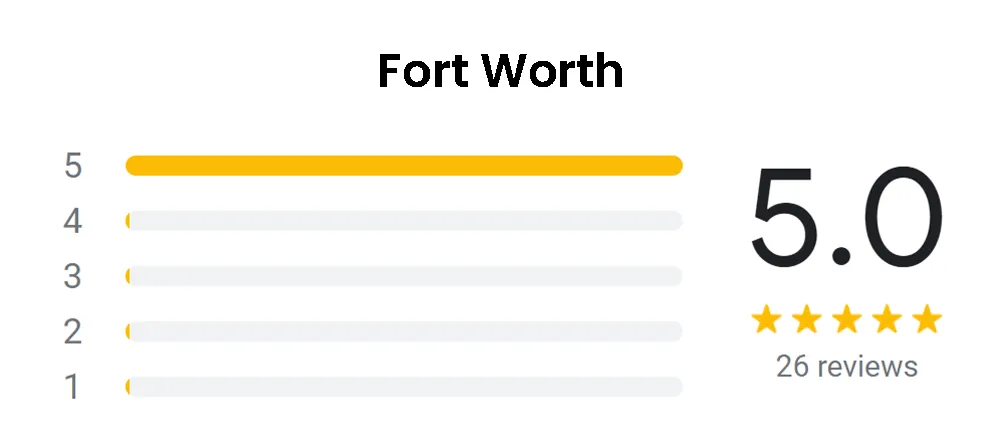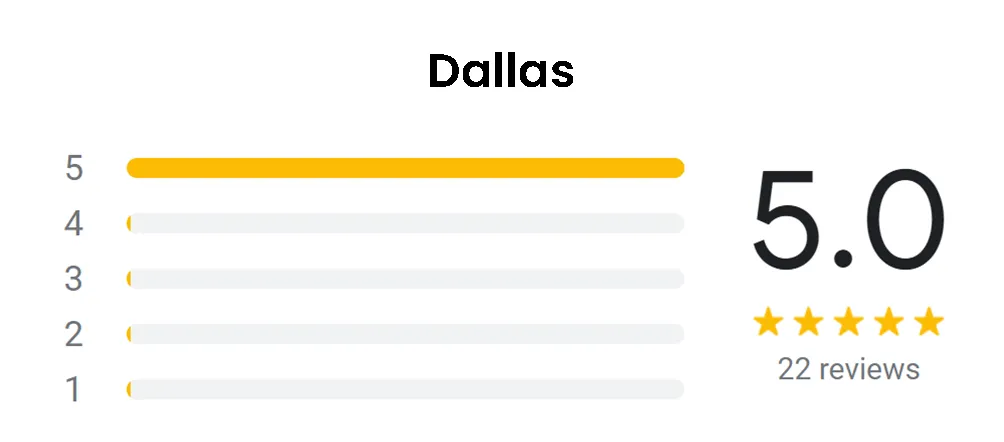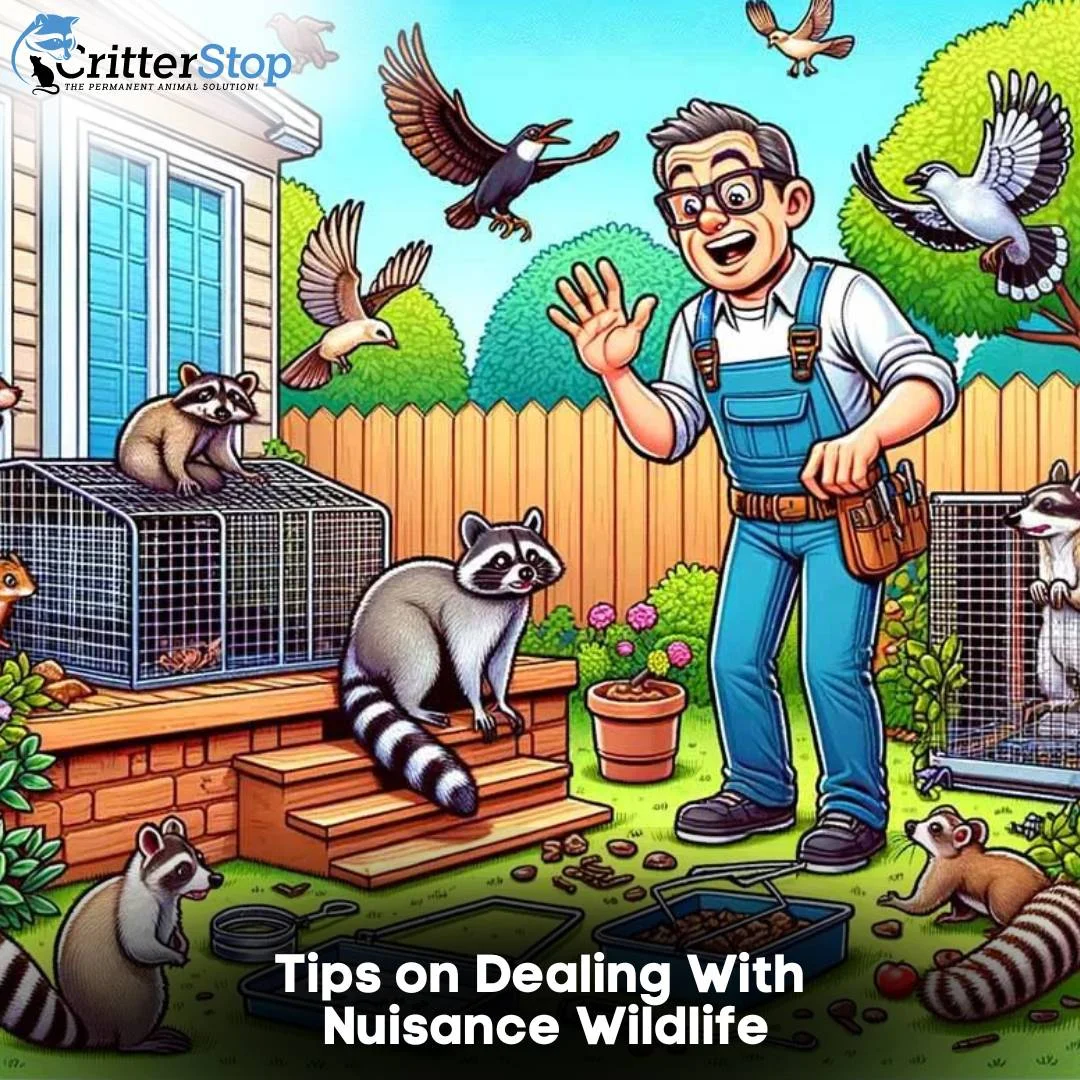
As the name suggests, “nuisance wildlife” can be a nuisance! Common nuisance wildlife species include mice, rats, moles, snakes, woodpeckers, bats, squirrels, foxes, beavers, skunks, raccoons, coyotes, and deer. These animals can be a hazard to both you and other wildlife. In most circumstances, animals are simply in search of three basic needs: water, food, and shelter. Unfortunately, their seemingly harmless motives do not translate to harmless outcomes, as these animals can carry deadly diseases and cause extensive damage to your property if left unchecked.
As a first step, it is critical to know what kind of animals you are working with in order to avoid human-wildlife conflicts. If you do encounter one of these animals, it is important to remember that they may have babies on your property, which can cause them to be overly aggressive or territorial. Otherwise, you could aggravate an already wild animal into being even more aggressive and destructive than they would have already been.
Mice and rats are common carriers of diseases such as hantavirus, salmonella, and lymphocytic choriomeningitis (LCMV). In addition to being much smaller than other critters, mice and rats have a greater ability to flex their rib cages than other mammals, which allows them to squeeze through spaces even smaller than their already small bodies! As a rule of thumb, if a mouse or rat’s head can fit in a nook or cranny, its body can too.
Mice and rats are also smart and able to learn via trial and error. This is why humans have tried for generations to “build a better mouse trap.” This is another reason why it is important to nip a mouse or rat problem in the bud. If you let them multiply, there is a higher chance you have to catch smarter rodents that learned to avoid your traps!
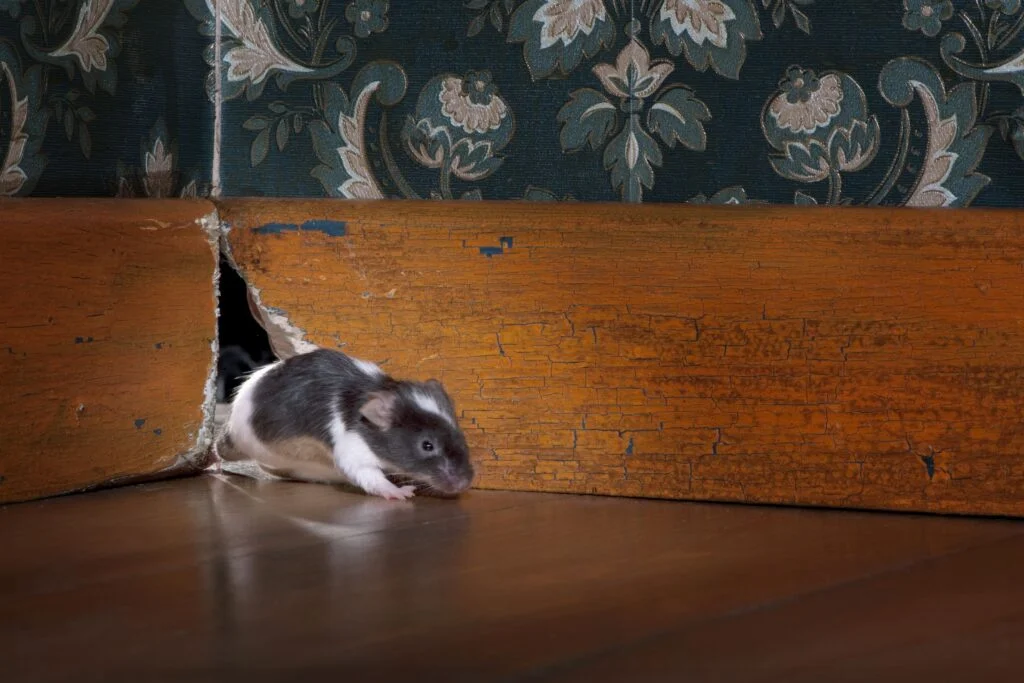
Squirrels are like mice and rats, which can enter your house and commercial buildings through small holes but can cause large damage. They rest in dark places and hide when they hear humans approaching, so they are hard to find. Since squirrels’ teeth never stop growing, they never stop looking for things to chew. When inside your attic, this includes electrical wires, ducting, HVAC system components, and just about anything you have stored in your attic.
Squirrels can climb up the walls of most buildings, but trimming trees that hang over your roof can help mitigate their easy access and discourage frequent visits. Additionally, make sure your chimney cap is solidly in place without any holes they could climb through. Lastly, you can apply petroleum jelly to wires or bird feeder poles so squirrels can't climb them.
Skunk, like all critters, can spread diseases and cause damage to your property. According to the CDC, in most of Texas, and the central United States, skunks are the most common carrier of rabies, which can be harmful to both humans and other wildlife. Rabies is a fatal disease, and causes approximately 59,000 deaths each year worldwide. That’s one death every nine minutes!
Skunks are perpetual diggers, using their claws to dig holes and tunnels under buildings and driveways. If left to their own devices, they can harm the structural integrity of a building. As even young toddlers are aware, skunks are infamous for their foul-smelling spray. The smell produced by skunks is famous for a reason – it wreaks, and it does not go away quickly! Having a skunk spray you or your property is unquestionably a terrible outcome. Avoiding this end result through professional handling of the situation is a huge benefit of calling experts that can help.
Skunk removal is important if you want to avoid rabies, prevent tunneling under buildings, and steer clear of skunk spray. On the preventative front, remove garbage frequently, never leave food outside or in the garden, and immediately fill in any hole that you suspect may be a nascent skunk den. Skunk removal can be done via deterrence – continually mortaring or filling in skunk dens until the skunk gives up and moves on, or live trapping. Trapping and relocating is a great approach for a more permanent solution.
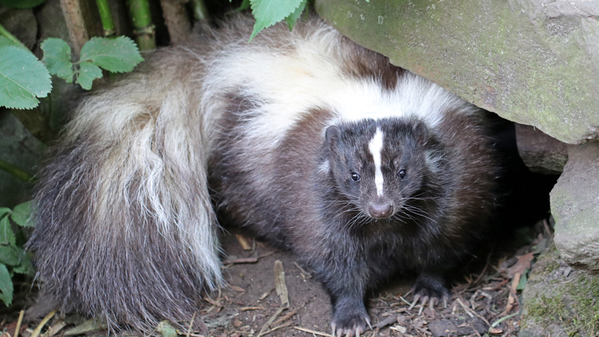
Raccoons are not only the most clever nuisance wildlife, they are also athletic, as they can run, jump, and even swim. Raccoons mostly wander at night in search of food and water. They are usually attracted to homeowners’ yards, which may have open garbage cans, a garden, or an empty bird house, all of which they can cause significant damage to.
When we have provided our wildlife removal services, we have found that attics are raccoons most common resting place. Attics provide privacy, safety, and, in the winter, a warm place to avoid the cold. Immediate raccoon removal is highly recommended because they will destroy your insulation and cause your entire home to be unsanitary. Their feces is the size of a small dog, so it can quickly leave an odor that is difficult to eradicate. Additionally, they chew just about anything, including electrical wires, which can create uncomfortable living conditions and significant monetary damage.
Raccoons will have many litters of offspring in your attic, if presented with the opportunity, so early identification and raccoon removal is essential. Not only will you have more critters damaging your attic, but momma raccoons are known to be especially aggressive when their kits are threatened. This protective nature increases the chances of a physical encounter, putting you at risk of contracting rabies or any host of diseases that racoon may be carrying.
Similarly, raccoons will use your attic as a toilet, causing feces to pile up and urine to flow through the ceiling. This presents a serious health risk to you and your family since feces can stay infected with diseases such as Leptospirosis, Salmonella, and Raccoon Roundworm (Baylisascaris Procyonis) for several years.
Luckily, deterrence, and even raccoon removal, is possible with the below:
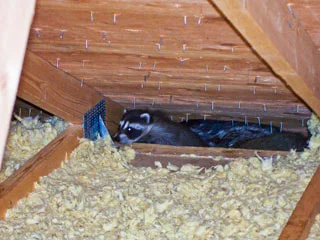
Nuisance wildlife cause destruction and can be fatally harmful to human beings. Rat removal, squirrel removal, skunk removal, and raccoon removal are all necessary for the safety and health of you and your family. We have provided our wildlife removal services hundreds of times in the Dallas-Fort Worth Metroplex, and based on that experience, below you will find the first few steps we recommend taking if you are dealing with nuisance wildlife.
As removal experts, for us it is very important to identify which animal you are dealing with, as the appropriate response varies based on the size and tendencies of the animal. Simply guessing, or only identifying one of multiple animals endangering your home, can lead to a poor response. Animals usually leave markers, which can be easily identified by your local professional.
After identifying the animal, try to determine what attracted the animals to your property. Most likely, they will have found sources of food, water, or shelter in your house or commercial building. Try to the find items around your property that may have gotten the animals’ attention. Common examples include open trash cans, gardens, fruit trees, bird feeders, and bird baths.
After determining the type of animal and the reason for its presence, it is much easier to devise a plan to solve the issue. Since most animals are attracted to food, water, or shelter, limiting these three attractors around your home, or eliminating them altogether, is a critical first step. Knowing the type of animal helps you determine what specific food, water, or shelter sources they might be targeting, which will help you more accurately address the problem.
In addition to removing whatever attracted the animals in the first place, you can construct physical barriers or use chemical repellents. These can be costly and only partially effective though. Animals can often figure out ways around physical barriers and chemical repellents require continual reapplication. Finally, and most reliably, you can trap and relocate the animals.
If you have tried the above deterrents unsuccessfully, or prefer to have a seasoned professional handle the problem from the start, contact your local expert for advice before the problem gets worse. We do not recommend trying to trap these animals yourself, as they can be dangerous, especially when trapped and particularly aggressive. This danger is heightened since direct contact can cause serious illness.
Critter Stop is proud to offer these services in the Dallas – Fort Worth metroplex, and offer our potential customers a FREE consultation. We will inspect your home, identify the problem at hand, and walk you through our recommended course of action to get ride of the nuisance wildlife troubling your home or commercial building. Once your home or commercial building is free of these animals, we provide sanitation services as well, killing the microbacteria and germs associated with the animals and their feces. Since diseases can live in animal feces for years, it is important not to neglect this step of the process and assume the health risk goes away when the critters go away. When necessary, we also remove and replace insulation to ensure you are not living in unsafe conditions.
At Critter Stop, we have a four-step plan that we are confident can solve your problem. For more information on nuisance wildlife, you can call us at (214) 234-2616 to schedule your free inspection!
Visit our Critter Library and learn more about our furry friends
